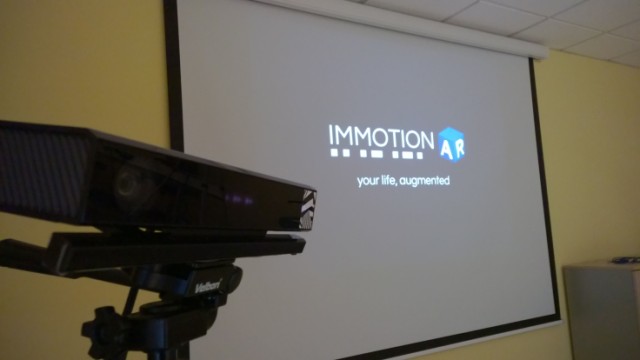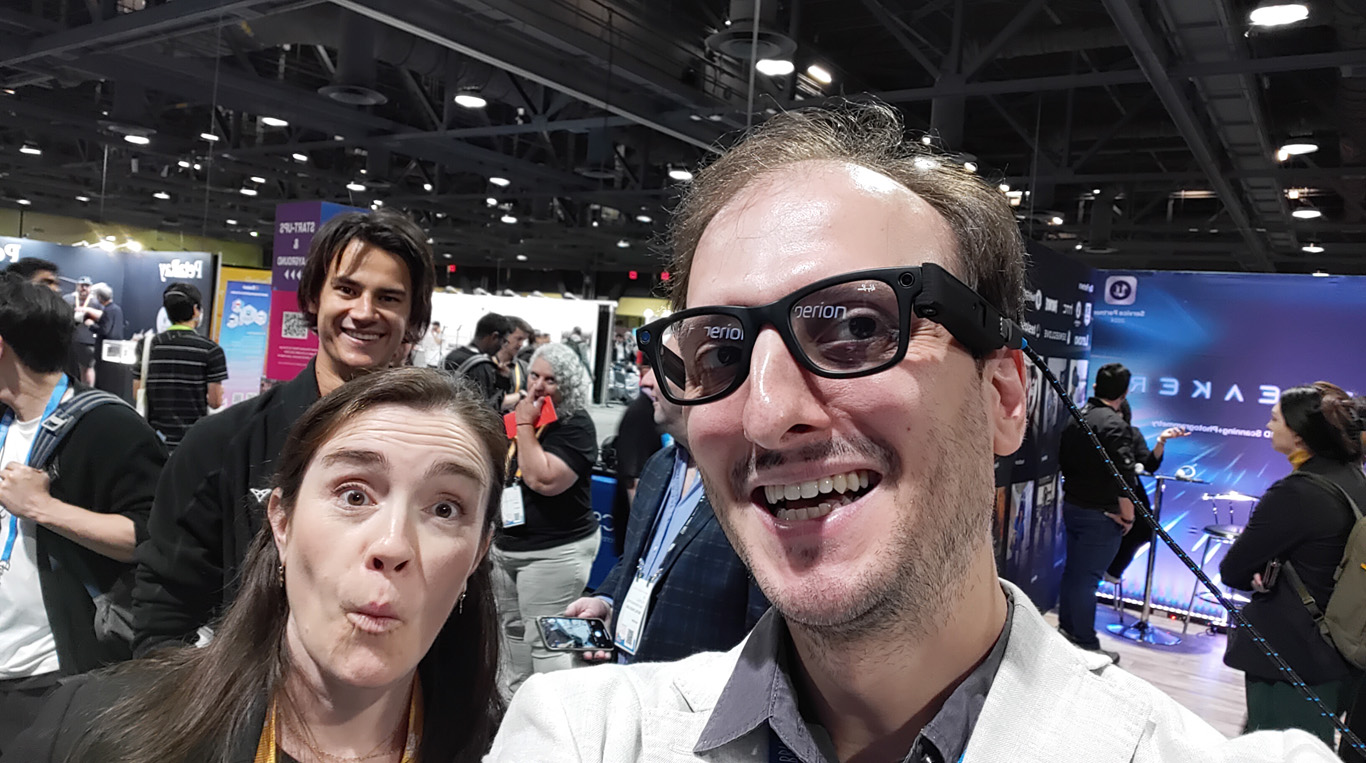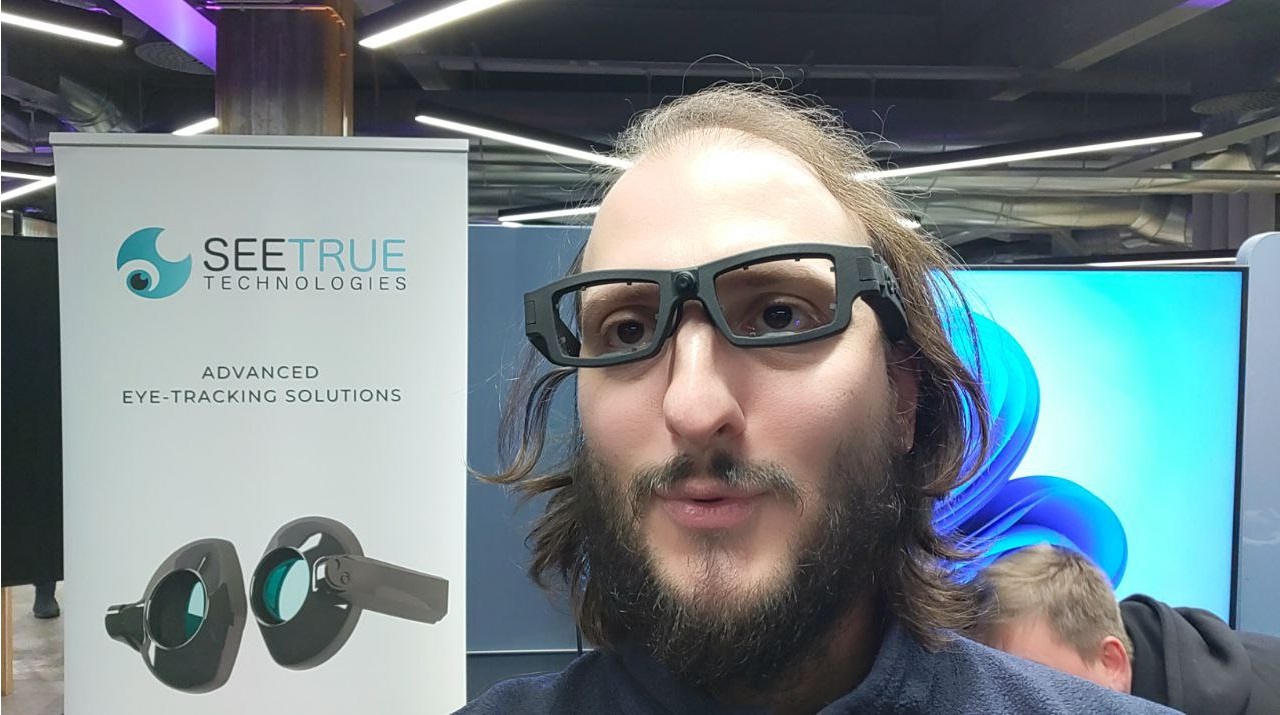Is Kinect dead?
At Immotionar, we try to give full body avatar to the user using external sensors. At the moment we use Microsoft Kinect v2 for our prototype and the question that all people ask us is:
Why do you use Kinect, if Kinect is dead?
Well, I’m actually getting bored of answering this question… and that’s why I’m writing this post to provide a complete answer to it. And being Halloween, talking about dead things is the right topic for today 😉
So, is Kinect dead?

Well, the answer is not so easy.
I’ll start with a little history of this product. Kinect has been an awesome project by Microsoft. Born as Project Natal, they spent years to create the first version of the sensor and to perform the training of the skeletal tracking algorithm. It was invented as a tracking sensor for Xbox console, to make something astonishing that could beat the competitors (especially Nintendo Wii, that went popular in those years). Kinect v1 went good (more than 13millions were sold): it was thanks to the innovation it represented for gaming, but also because it was used as a experimental device by researchers and makers. Kinect v1 went super-good in robotics, computer vision, health care and all this kind of projects. Thanks to unofficial opensource drivers, it was available for Linux, too.
Thanks to this promising success, Microsoft improved a lot its device and created a new version, the Kinect v2.

Kinect v2 skeletal tracking algorithm has been trained with a shitload of people and results are far better than the ones of any other tracking sensor: up to 6 people tracked, with even some joints of the hands detected. Microsoft released some updates to their SDK, but then, due to the unsuccess of this new sensor for console gaming, abandoned completely its development. Kinect is still supported, though, mainly due to its usage for research purposes (like Kinect v1).
But why Kinect failed? Mainly for these reasons:
- Xbox One games for Kinect were not that great, so people did not want it to play console games;
- Kinect v2 is a more closed ecosystem than Kinect v1 and this has not been that good for makers;
- The sensor is quite big and bulky. If you use it with a PC, it has so many cables and adapters that require a desk on their own :D.
So yes, Kinect is dead and its team is now completely dedicated to Microsoft new astonishing product: Hololens.
So, why still bother with Kinect? Has it still sense? In my opinion, yes, because:
-
- It’s an epic sensor for research purposes, since it offers RGB, IR and (9-meters) depth stream + 6-people skeletal tracking for only 250€
- Its tracking algorithm is still unbeatable among same-price sensors. This two points are the one we still use Kinect for our prototype
- If used properly, it can still produce epic games, like Fru
-
- You can still do very cool things with it, like Leap-Motion-style hand tracking. See this Microsoft Research video… it will make you regret that MS has not continued improving the sensor
https://www.youtube.com/watch?v=QTz1zQAnMcU - You can use it for virtual reality, like a startup called Immotionar is making (self-promotion alert!)
- You can still do very cool things with it, like Leap-Motion-style hand tracking. See this Microsoft Research video… it will make you regret that MS has not continued improving the sensor
So, Kinect is dead, but its zombie corpse will continue to be useful for some times, especially for research experiments. But in the end, we all agree, it will die completely.

But something has to replace it, because a sensor like this one is very useful for really a great numbers of applications. That’s why when a startup called Orbbec started an Indiegogo campaign to make a new kind of little and affordable Kinect, they raised lots of money. And so, that’s what we need: a new little Kinect, that continues to get updates and upgrades, so we can continue using it for virtual reality, robotics, videosurveillance, etc… A sensor like this is sure to have success in lots of possible applications. And recent hype in virtual reality, domotics and robotics can make a sensor with this characteristics truely useful for the future of technology. And thanks to new tech improvements, it can be made smaller, cheaper and more powerful.
As the French said long time ago: “Kinect is dead. Long life to Kinect“
UPDATE: Kinect is now officially dead, since Microsoft has stopped manufacturing it. More details in this article.
Disclaimer: this blog contains advertisement and affiliate links to sustain itself. If you click on an affiliate link, I'll be very happy because I'll earn a small commission on your purchase. You can find my boring full disclosure here.



